Tariffs are taxes paid for by a country’s own consumers
In 1930, U.S. Congress passed the Smoot-Hawley Tariff Act, with the hopes of calming the great depression, and to raise more revenue for the federal government. To paraphrase the great Ben Stein in the cult classic Ferris Bueller’s Day Off, “Did it work? Anyone? Anyone know the effects?” It did not work and the U.S. sank deeper into the great depression.”
This piece of economic and film history is relevant because it is the road we are about to tumble down.
Donald Trump’s proposed 25 per cent tariff on all imports from Canada is, if implemented, an economic disaster for Canada. According to research published by the Canadian Chamber of Commerce, and the University of Calgary’s Trevor Tombe, a 25 per cent tariff would decrease real Canadian GDP by 2.6 per cent per year, meaning an immediate recession once the levy was in place.
If the tariffs were in place for the duration of Donald Trump’s term in office, real Canadian GDP would decline 10.4 per cent, which would make the COVID-19 recession look like a walk in the park. Then, of course, factor in that Canada is already on the cusp of a recession with GDP per capita declining, and the economic outlook is dire.
The question swirling around Ottawa right now is what will Canada’s response be in the two months before Trump is sworn in. Trump is demanding that we clean up our border, specifically stopping the flow of migrants heading southward, and stopping illegal drugs entering the U.S. from Canada. Regardless of what Ottawa announces between now and Jan. 20, it’s unlikely that either of those two issues can actually be resolved in such a short period of time, which increases the likelihood that Trump will make good on his promise.
David Clement


